Cosas de Sevilla #5
13 February 2020
Dear Friends and Family of The Texas Tech University Center in Sevilla,
¡Hola once again from Sevilla!
As our semester continues, we have yet to slow down with our travels; last week we ventured to the beautiful city of Cádiz.
Located in the southwestern corner of the Iberian Peninsula, Cádiz is a city with a rich history. It was founded in 1.104 BC by the Phoenicians, who called it 'Gadir'. According to Greek legend, Hercules founded the city after his tenth labor and named it 'Gadeira'. It is considered the oldest inhabited city in western Europe. Due to its privileged location between the Mediterranean and the Atlantic Sea, Cádiz became part of an international trade route that linked Europe, America and Africa.
The group set off early for a two hours bus ride and arrived at El Puerto de Santa María, a town nearby. We then took the ferry to Cádiz, a service that operates like a water taxi between the two places. The ferry is a short 30 minutes ride from departure to arrival that drops you off right in the center of the city and provides spectacular views.
Our first stop was the Town Hall Square. There students could learn more about the relationship of Columbus and Cádiz, as he sailed from this city on his second and fourth voyages to America. We then headed to the Museum of Cádiz, which displays some impressive artifacts tracking the civilizations that have inhabited this area. This museum is famous for the two Phoenician sarcophagi from the 5th century BC displayed here. They represent a man and a woman and come from the city of Sidon, in Lebanon, reflecting the close relationship between Cádiz and the Phoenician cities in the Mediterranean Sea. The museum also displays an amazing collection of mosaics, jewelry, glass and metal work.
Our tour ended in front of the monument to the Cortes of Cadiz located in Plaza de
España square. It commemorates the 100th Anniversary of the first Spanish Constitution,
which was written and proclaimed in this city. It is popularly known as "La Pepa",
as it was enacted on 19 March, the Saint's Day of St. Joseph ("Pepa" is the nickname
for Josephine in Spanish). It is one of the most progressive constitutions of the
history of Spain.
After the tour the students had free time and could enjoy a few tapas (including the
delicious "pescaíto frito", fried fish, and sea food, and take a relaxing walk along
the beach. I'm attaching some pictures of the trip, enjoy them!
Back at The Center, students are keeping up with quizzes, tests and projects. Dr.
Guengerich took her Spanish upper level students to the Charity Hospital near the
river Guadalquivir to learn more about the Spanish Baroque style. The church interior
of the hospital, which is still functional, is decorated with themes of Death and
Charity, both obsessions of the founder Miguel de Mañara.
Tomorrow we leave bright and early for Granada, an enchanting mountain town in the
Sierra Nevada. After a night there, we'll head to Córdoba to see the amazing Mezquita.
You will hear all about that excursion in next week's edition of Cosas de Sevilla.
PS: Today some Spanish upper level students presented their classmates with flowers
to celebrate the Love and Friendship Day. Happy Valentine's Day everyone!
¡Hasta pronto!
Myriam.
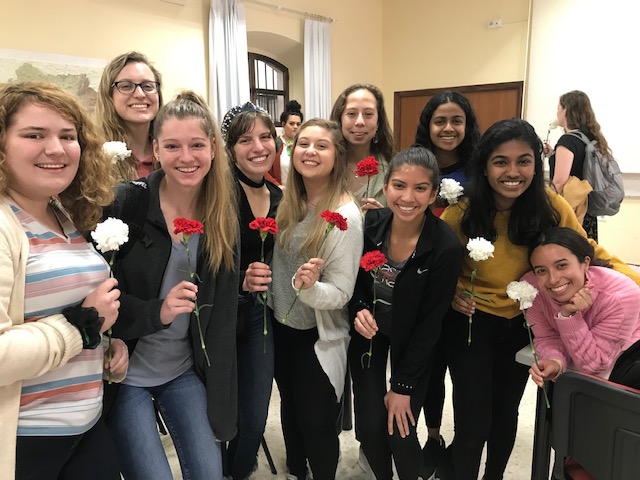
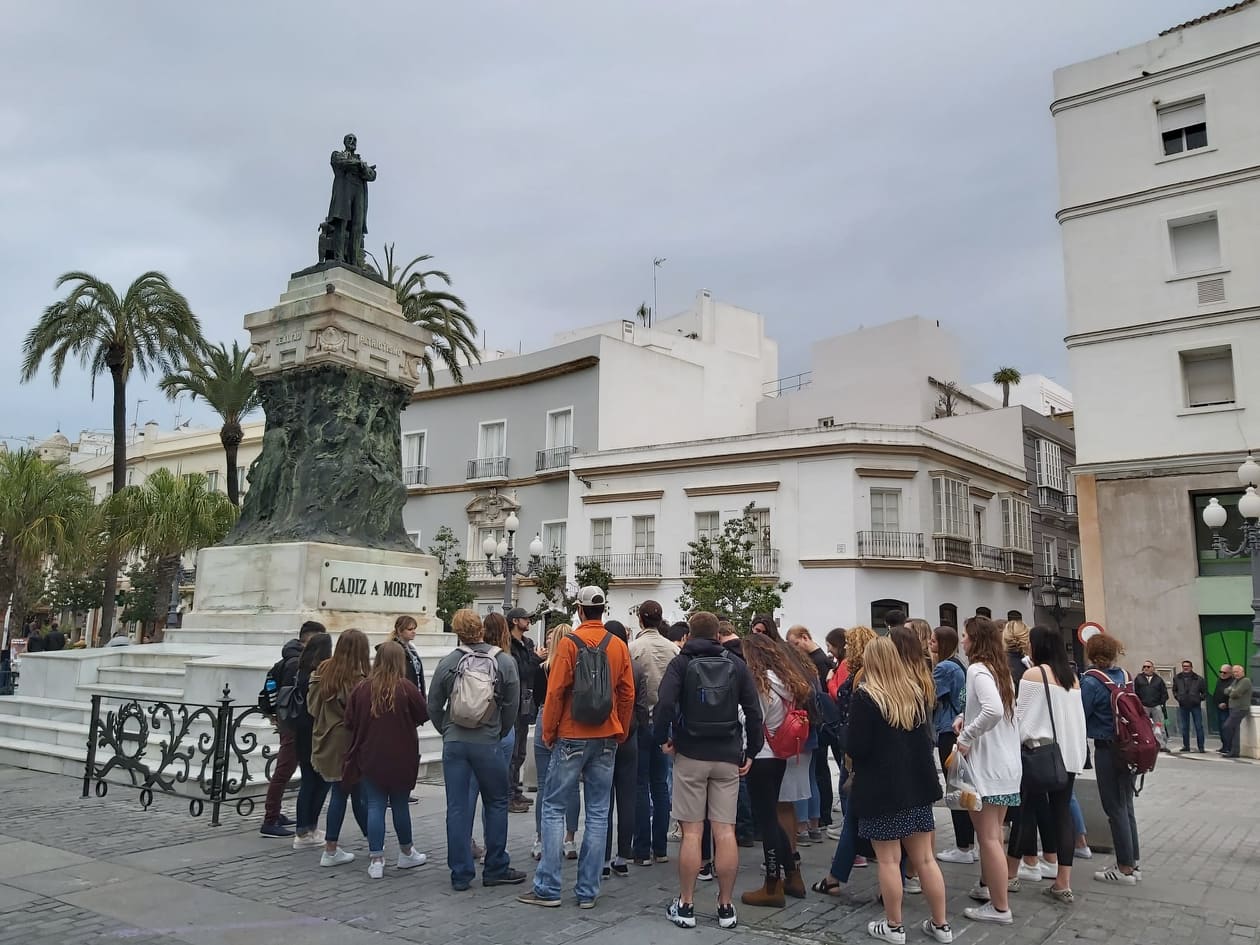

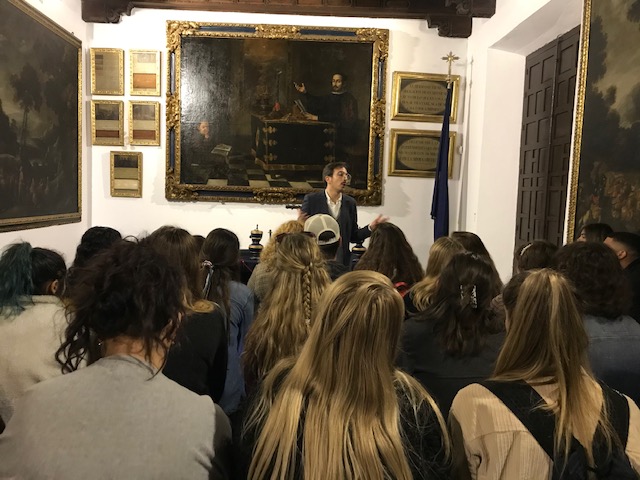
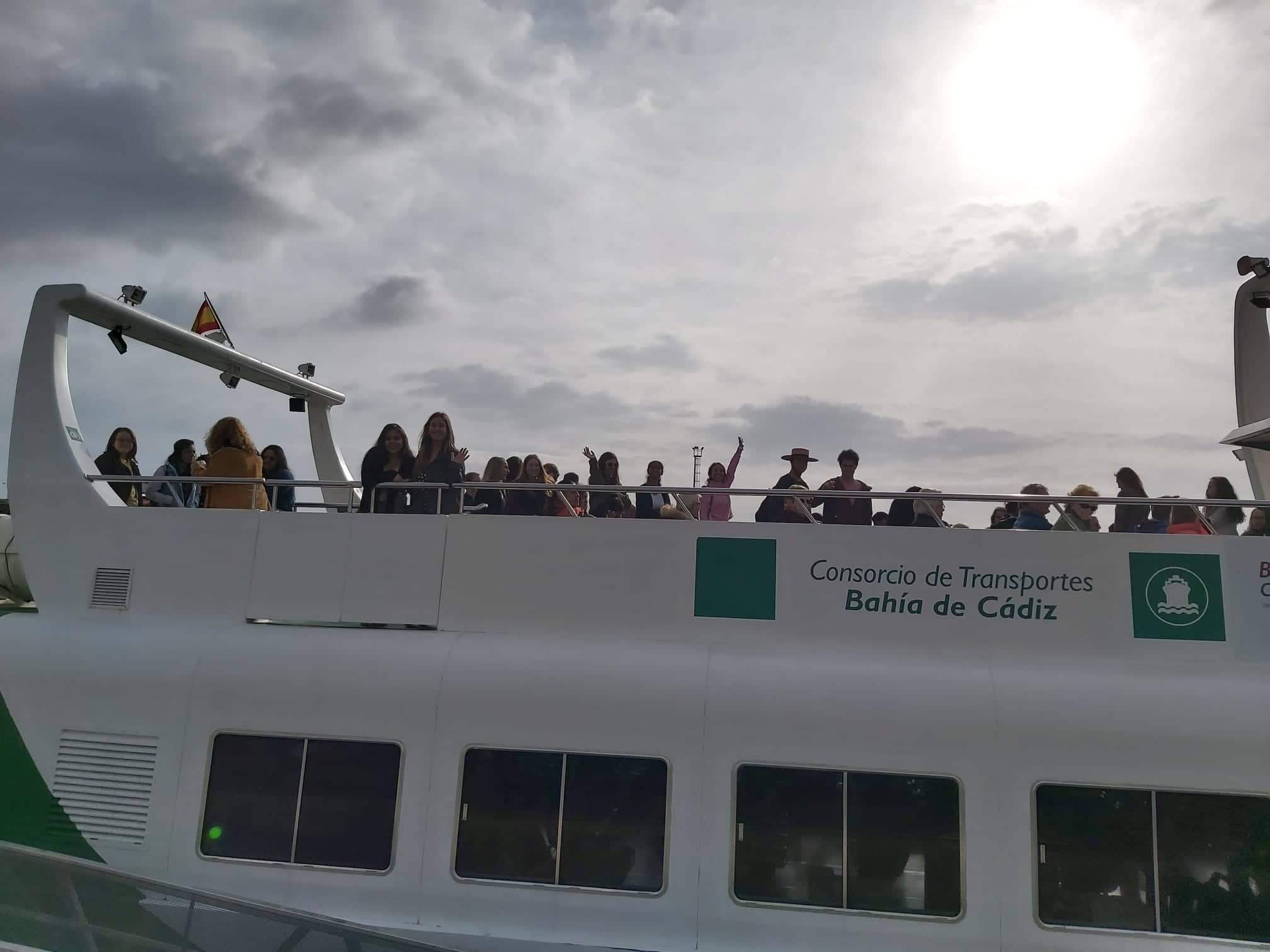
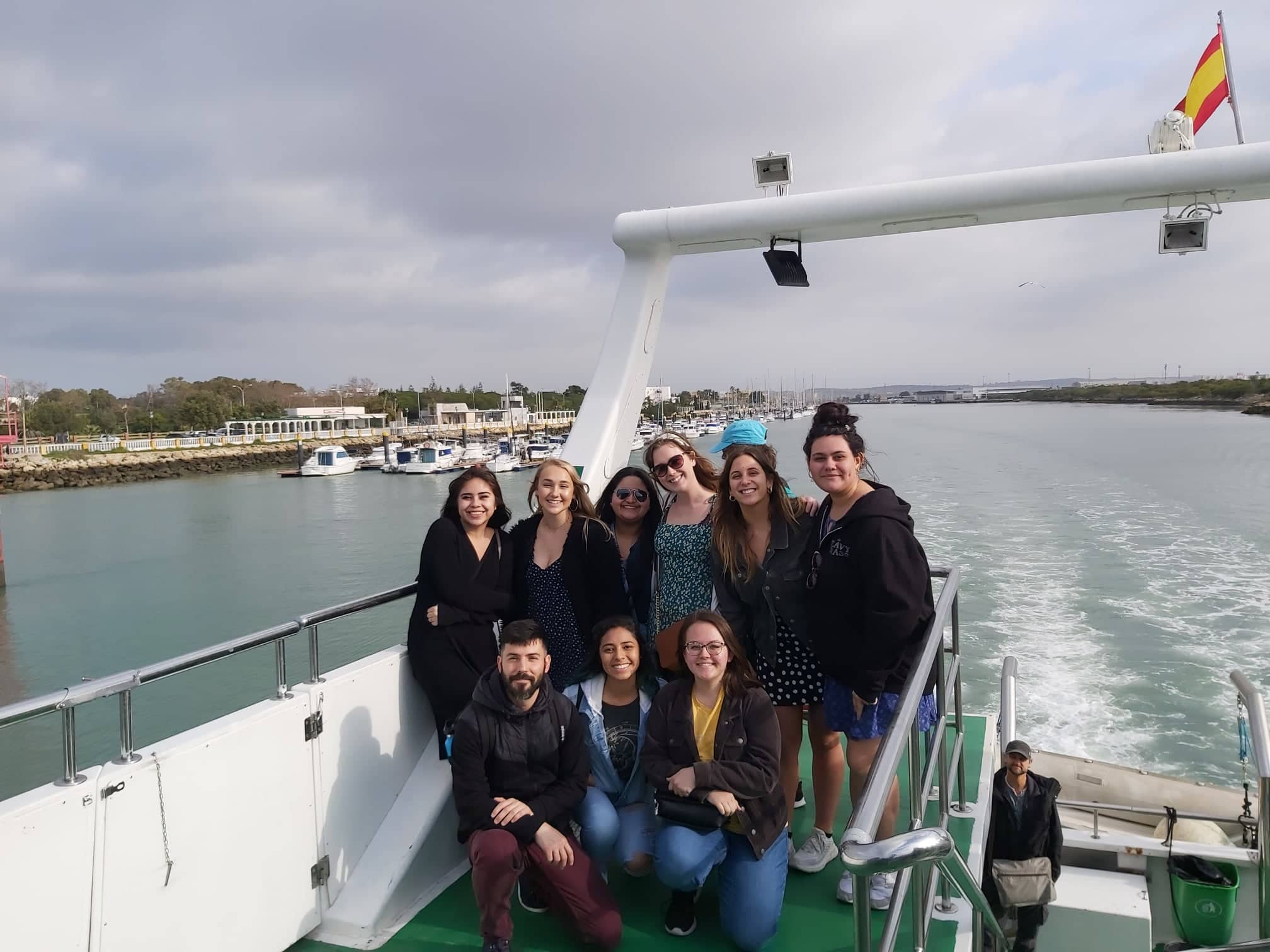

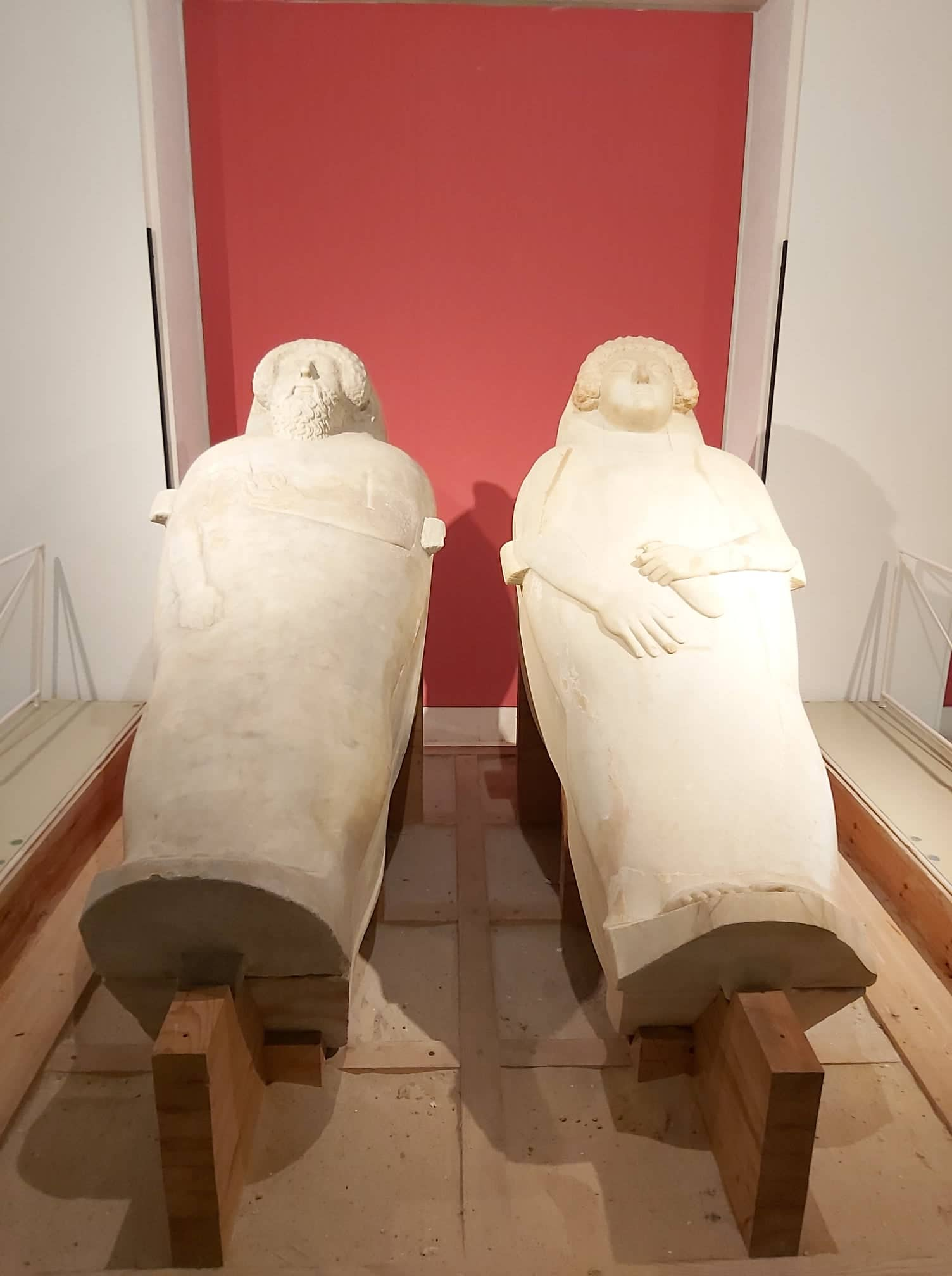
TTU Center in Sevilla
-
Address
Recaredo 44 41003 Sevilla, Spain -
Phone
011 34 95 454 2130 -
Email
studyabroad@ttu.edu
